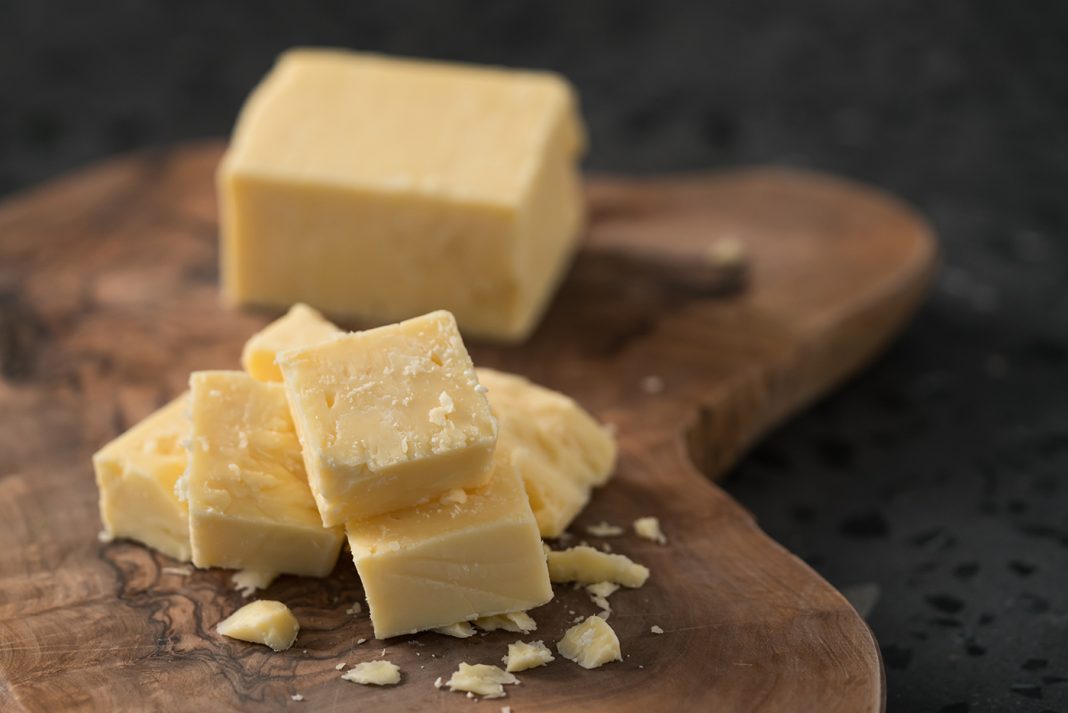US researchers have tracked how fungi on cheese adapt to their environment, revealing opportunities for flavour development and microbial management in food production. The study focused on Bayley Hazen Blue cheese stored in a Vermont cave to replicate traditional aging conditions. Over several years, the mold Penicillium solitum changed from green to white due to a mutation in the alb1 gene, which produces melanin. In the cave’s dark environment, melanin was no longer needed, prompting the colour shift through a process known as relaxed selection.
The research, published in Current Biology, examined the genetic mechanisms behind these changes. Scientists identified both point mutations and larger DNA insertions caused by transposable elements, often referred to as “jumping genes,” which played a key role in fungal evolution. Tracking these genetic shifts required long-term observation and careful sampling, supported by collaboration with Jasper Hill Farm.
Findings suggest that understanding fungal adaptation can benefit food security by reducing crop and post-harvest losses caused by mold. The team is applying the insights to create new cheese varieties with distinct textures and flavours. Trials with fresh brie inoculated with the evolved white mold resulted in a milder, nuttier taste. Researchers believe these discoveries could guide future innovations in cheeses and other fermented foods while enhancing control over microbial communities in production environments.


